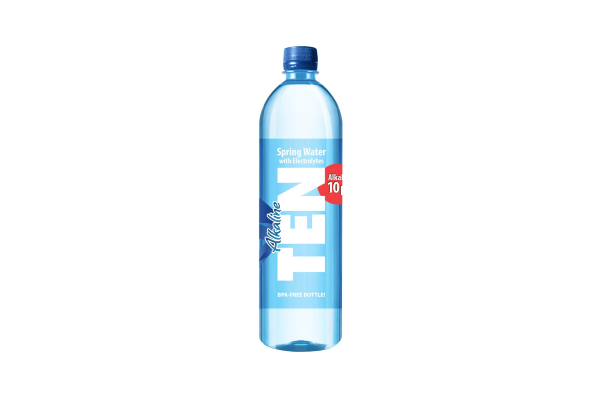
Ten Spring Water
Please Note
All results & information have not been verified. All data is provided by the applicable company and may be estimated based on scientific data. Ratings and scoring are subject to drastically change based on new data / research.
Contaminants Found (4)
Barium
A naturally occurring element often derived from industrial discharges and natural deposits.
Can lead to increased blood pressure, heart and nervous system problems, and long- term exposure may cause kidney damage.
Nitrate
Commonly found in water due to agricultural runoff, sewage, and industrial waste.
Can cause methemoglobinemia, or "blue baby syndrome," in infants and may increase the risk of cancer and thyroid problems with prolonged exposure.
Sulfate
A naturally occurring mineral found in water from soil leaching, rocks, and industrial processes.
High sulfate levels can cause gastrointestinal discomfort, including diarrhea, especially in infants and sensitive populations.
Uranium
A radioactive element naturally present in soil and groundwater.
Can increase the risk of kidney damage and cancer, especially when ingested over time.
Water Sourcing and Treatment
TEN Spring Water is sourced only from springs
Other Ingredients Found (7)
Boron
Total: 0.0336 mg/LA naturally occurring element found in soil and water, used in fertilizers and industrial processes.
Calcium
Total: 4.3 mg/LA naturally occurring mineral in water that contributes to hardness.
Chlorite
Total: 0.00146 mg/LA byproduct of chlorine dioxide disinfection.
Magnesium
Total: 2.4 mg/LA mineral essential for bodily functions, found naturally in water.
Sodium
Total: 7 mg/LPotassium
Total: 21 mg/LA common metal in water, often from natural deposits or corroded pipes.
Zinc
Total: 0.00178 mg/LA chemical used in PVC production.
